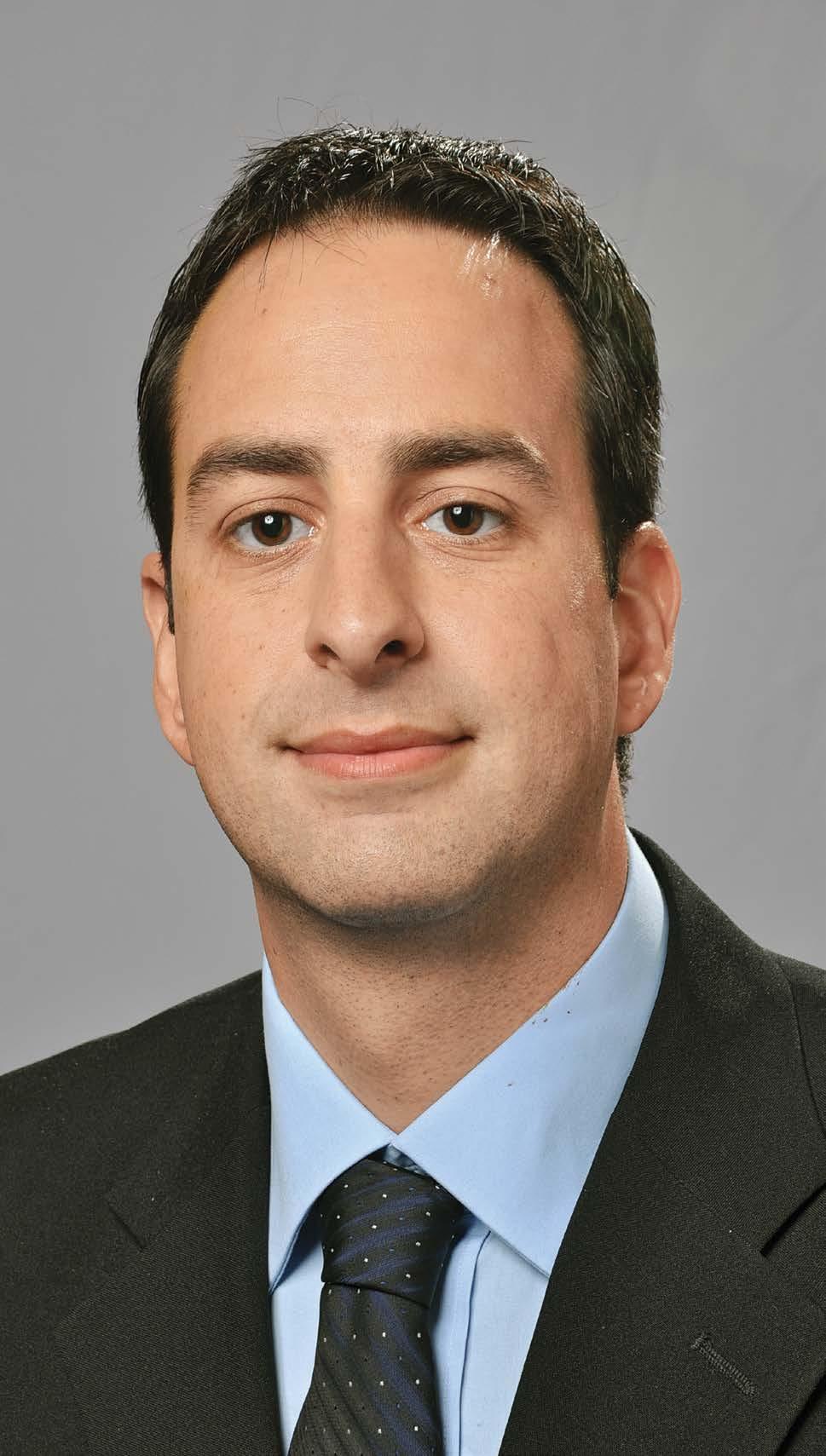2 minute read
Conference Hi ghlights
Next Article
To achieve the right operation and management, investment is fundamental. “Grupo OMA, for example, is investing to decentralize traffic and make the airport in Monterrey a hub to avoid forced layovers in the center of the country,” Dueñas says.
The National Metrology Center (CENAM) has been implementing a metropolitan airspace modernization project that aims to improve the area’s operation capabilities by 50%. “For airports like Queretaro Intercontinental Airport (AIQ), this measure aims to increase their capacity from 32 flights per hour to 48 per hour,” says Jorge Gutiérrez de Velasco, Director General, AIQ.
Improving traffic will also require investing in novel industry trends such as ambulatory flights, special airport wings for lowcost airlines and the adoption of tech to have less interaction between passengers and airport staff and to provide a more direct travel experience. From an infrastructure perspective, investment in runways, platforms and pavement for the new generation of aircraft are among the top priorities.
Air cargo is another significant attractor of investment and cooperation between airlines and airports. “The COVID-19 pandemic drastically shifted freight traffic. E-commerce became a main source of product acquisition and this changed supply chains,” says Gutiérrez. AIQ saw its best year for cargo in 2021 and this year, the airport has been growing for five months in a row.
But growth and reconfiguration also implies securing fuel sources. The fuel provider of choice in Mexico is the Network of Airports and Auxiliary Services (ASA Network), which is prioritizing five of the large airports in its network. These include Puebla, where cargo in 2022 experienced 280% growth compared to the same period last year. Puerto Escondido, Tepic, Colima and Ciudad del Carmen are also working to improve aircraft processing capacity.
ASA is working with Grupo OMA, AIFA and AIQ to review their fuel systems. “With OMA, we are looking to extend the hydrant network for a better volume capacity in the airport in Monterrey. AIQ has grown significantly so we have to improve its fuel storage capacity,” says Mauricio Arellano Villavicencio, Director of the Fuels Division, ASA. The growth of these airports has driven ASA to acquire fuel supply vehicles to align with airport requirements and the operational reality of the country.
A common concern for all airports in the country is sustainability but newer airports like AIFA have an advantage as they were built with clean energy in mind. “We have solar farms and cogeneration plants that reduce emissions,” says Solana. AIQ is also investing in sustainability and aims to reduce its carbon footprint through solar energy farms and wind energy. “The long-term vision of AIQ is to always coexist with the environment,” says Gutiérrez.
Both airports and airlines have to align their needs and processes to respond correctly to changes in the industry. “The big task we have as an industry is to democratize flights. Mexico has one of the most sophisticated fleets of luxury buses in the world, which has inhibited the penetration of our services,” says Carlos Campillo, Partner at Alegre, Calderón & Márquez Abogados SC. However, “if the aviation industry continues to excel in passenger experience and operational management, we could continue strengthening the aviation industry.”

